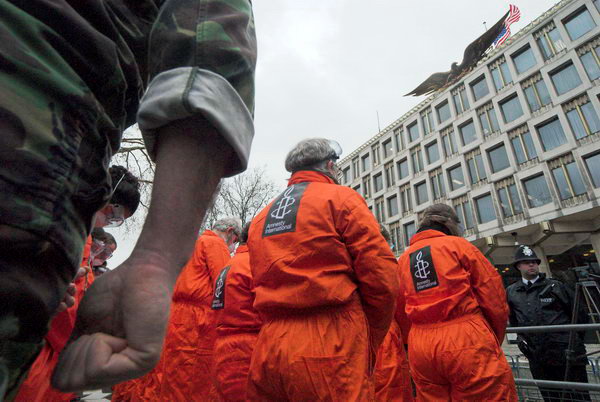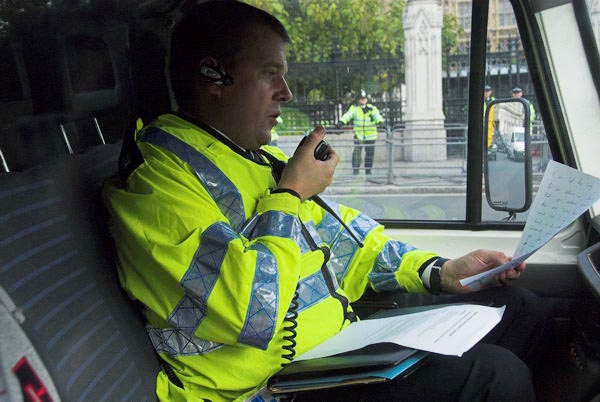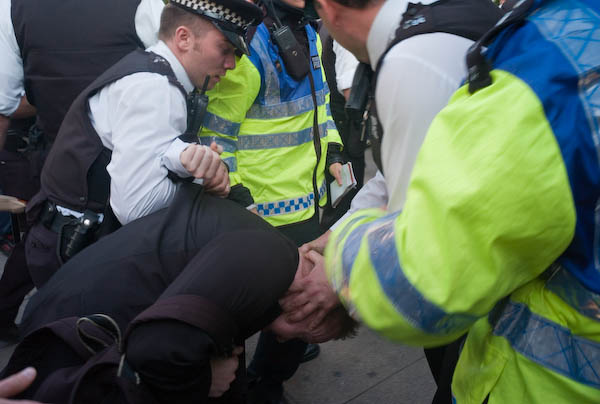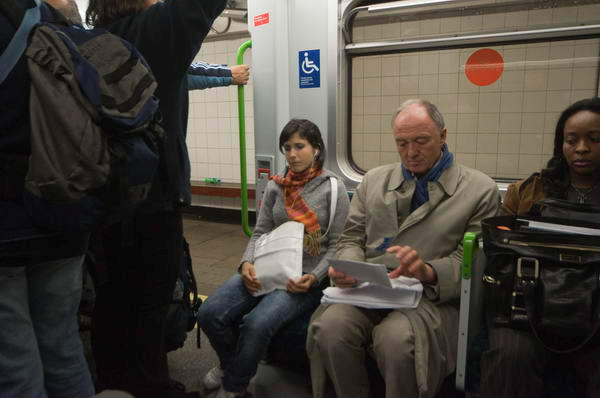
Ken takes the tube home a couple of days before the election in May
Londoners in May voted Ken out and a right wing idiot in, so should not be surprised at Boris’s plans to scrap most of the greatly needed improvements in public transport.
Too many other people have written about it for me to bother. As Diamond Geezer puts it today in ‘Down the tube‘, the new TfL “business plan has incinerated several slow-burning transport projects, each liberally doused with car-friendly petrol by our beloved Mayor.”
Yesterday, DG commented on some of the missing projects in the Mayors ridiculous “Way to Go: Planning for better transport” which were doomed to disappear:
» Cross River Tram (bugger Peckham)
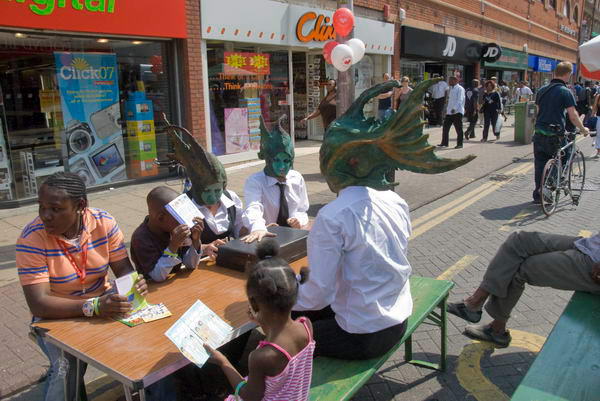
I Love Peckham festival, 2007
» DLR extension to Dagenham Docks (bugger Dagenham)
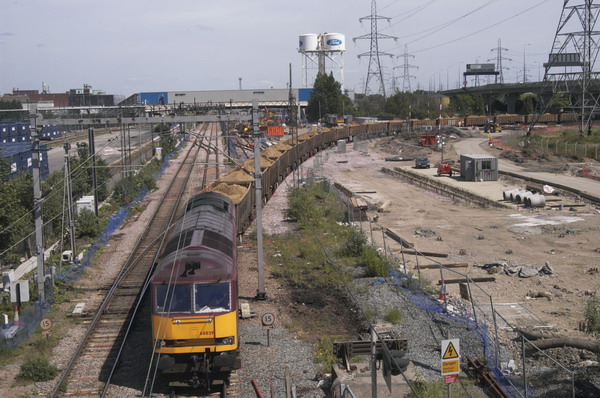
Train coming in to Dagenham Docks Station, 2003
» East London Transit (bugger Barking)
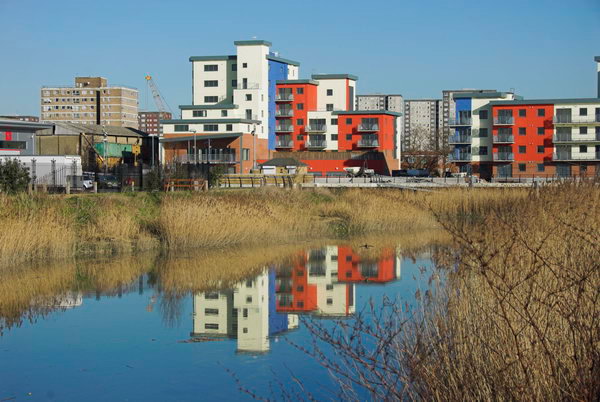
New Riverside Flats along the River Roding at Barking
» Greenwich Waterfront Transit (bugger Thamesmead)
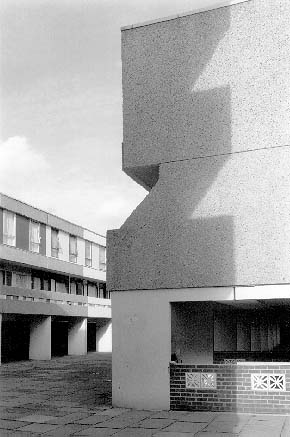
Thamesmead, 1994
» Thames Gateway Bridge (bugger Beckton)
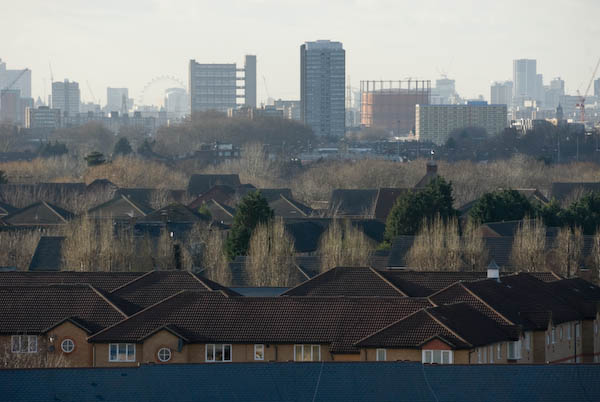
Beckton from the Beckton Alp, 2008
There were of course a few things DG missed that Boris also had it in for – High Street 2012 to tidy up the London marathon route will perhaps not be greatly missed (except by DG.) Most important is the Croydon Tramlink Extension to Crystal Palace, a small, relatively cheap, straightforward and useful tidying up exercise in South London, and the Oxford St Tram scheme (part of a larger scheme already scrapped in favour of Crossrail.)






